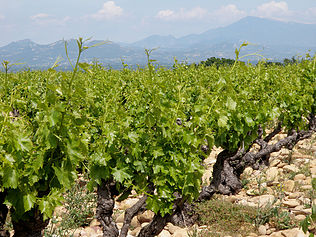How to Develop Your Wine Testing Experience
1. Look
If you are going to winecountry vacation then check out the color, opacity, and viscosity (wine
legs). You don’t really need to spend more than 5 seconds on this step. A lot
of clues about a wine are buried in its appearance, but unless you’re tasting
blind, most of the answers that those clues provide will be found on the bottle
(i.e. the vintage, ABV and grape variety).
2. Smell
When you first start smelling wine, think big to small. Are
there fruits? Think of broad categories first, i.e. citrus, orchard, or
tropical fruits in whites or, when tasting reds, red fruits, blue fruits, or
black fruits. Mainly getting too specific or looking for one particular note
can lead to frustration. So, broadly, you can divide the nose of a wine into
three primary categories:
·
Primary Aromas are grape-derivative and include
fruits, herbs, and floral notes.
·
Secondary Aromas come from winemaking practices.
The most common aromas are yeast-derivative and are most easy to spot in white
wines: cheese rind, nut husk , or stale beer.
3. Taste
Mainly taste is how we use our tongues to observe the wine,
but also, once you swallow the wine, the aromas may change because you’re
receiving them retro-nasally.
Taste: Our
tongues can detect salty, sour, sweet, or bitter. All wines are mainly going to
have some sour, because grapes all inherently have some acid. This varies with
climate and grape type.
Texture: Your
tongue can also “touch” the wine and perceive its texture. Mainly texture in
wine is related to a few factors, but an increase in texture is almost always
happens in a higher-alcohol, riper wine.
4. Think
So, did the wine taste balanced or out of balance (i.e. too
acidic, too alcoholic, too tannic)? Did you like the wine? Was this wine unique
or unmemorable?
So, keep above things in mind before going to California wine tours.


Comments
Post a Comment